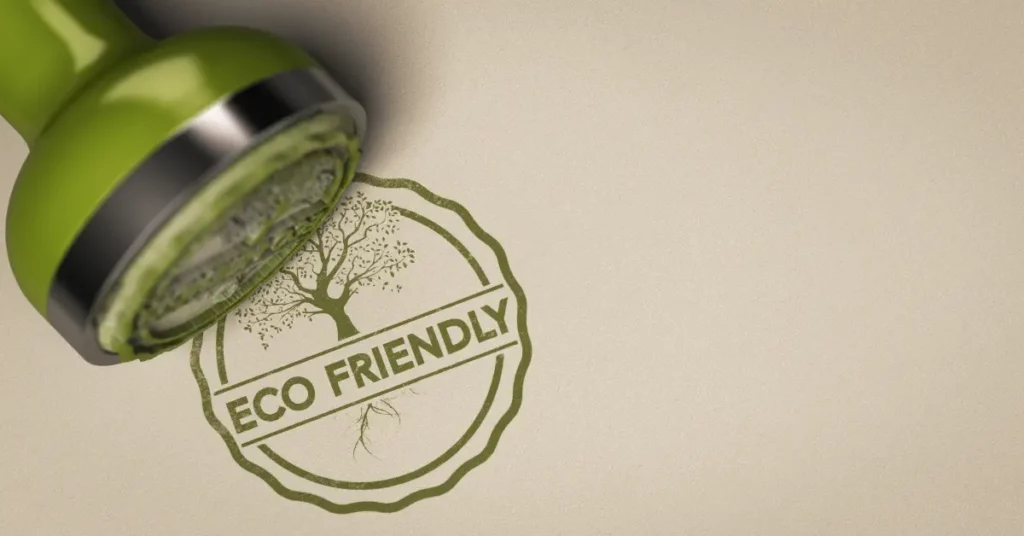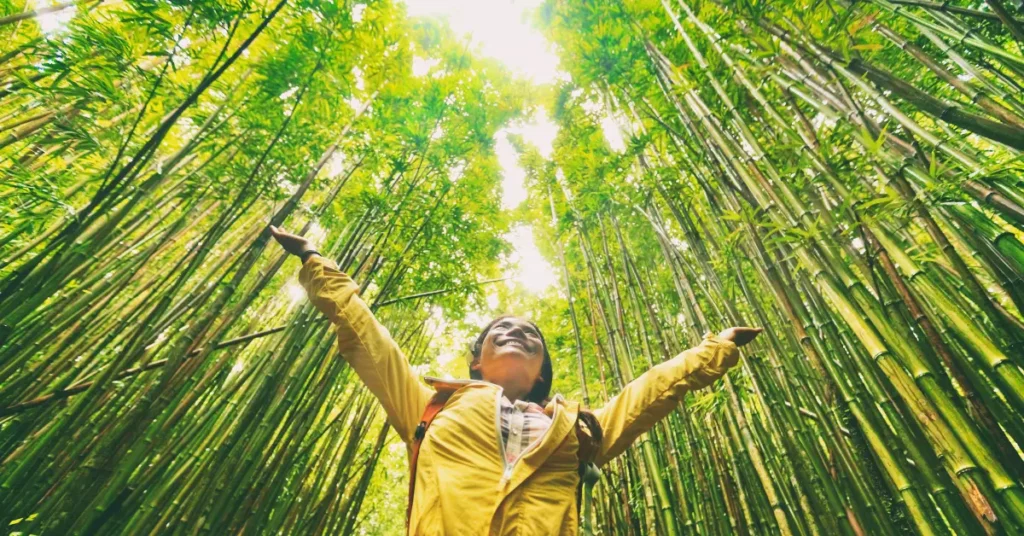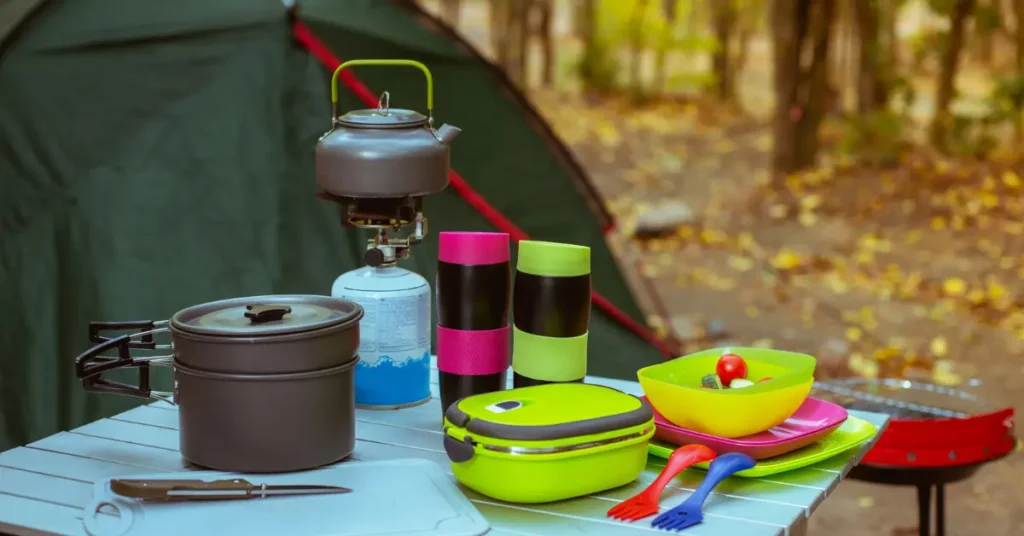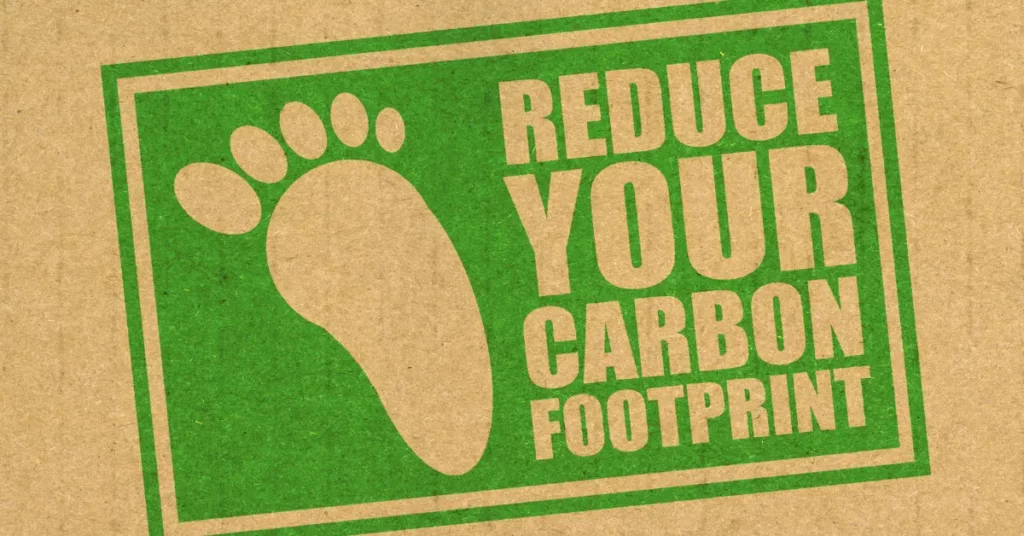Have you ever wondered how you can enjoy your favorite trails and still be kind to Mother Earth? Well, you’re in luck! Today, we’re looking into the world of eco-friendly hiking techniques.
It’s all about making sure our hiking adventures don’t harm the very places we love to explore. So, grab your reusable water bottle, and let’s get started on learning how to hike responsibly and sustainably.
What Does It Mean To Be Eco-friendly?

Being “eco-friendly” means engaging in practices and adopting habits that are not harmful to the environment. It’s about making conscious choices that prioritize the health and well-being of our planet. Here are some key aspects of being eco-friendly:
- Sustainability: Using resources in a way that doesn’t deplete them for future generations.
- Reducing Carbon Footprint: Minimizing greenhouse gas emissions by using less fossil fuel, opting for public transport, and using energy-efficient appliances.
- Conservation of Resources: Saving water and electricity, and using resources efficiently.
- Recycling and Reducing Waste: Properly recycling materials and choosing reusable over disposable products.
- Supporting Eco-Friendly Products: Choosing products made in an environmentally responsible way, like those made from recycled materials or that are biodegradable.
- Protecting Natural Habitats: Supporting conservation efforts and being mindful of environmental impact, especially in natural areas.
- Educating and Spreading Awareness: Learning about environmental issues and sharing knowledge with others.
In essence, being eco-friendly is about living in harmony with the earth and actively working to protect and preserve the environment.
The Heart of Eco-Friendly Hiking Techniques
Eco-friendly hiking is about respecting and caring for nature while enjoying our adventures. It’s not just a trend; it’s a commitment to minimizing our environmental impact, whether we’re trekking through forests or climbing mountains.

Staying on marked trails is crucial. Trails help concentrate foot traffic, reducing erosion, protecting plant life, and minimizing disturbance to wildlife. It’s not only good for the environment but also a safety practice to prevent getting lost.
‘Leave No Trace’ is pretty much the golden rule of eco-friendly hiking. It’s a set of principles that guide us on how to enjoy the great outdoors responsibly. Here’s a quick rundown:
- Plan Ahead and Prepare: Good preparation minimizes impact. This means knowing the regulations, weather conditions, and what to expect on your hike.
- Travel and Camp on Durable Surfaces: Stick to trails and established campsites to protect the land.
- Dispose of Waste Properly: Pack it in, pack it out. This includes everything from trash to leftover food to, well, human waste.
- Leave What You Find: Preserve the past and respect nature. Leave rocks, plants, and historical artifacts as you find them.
- Minimize Campfire Impacts: Use a camp stove for cooking and enjoy natural light. If you must have a fire, keep it small and use established fire rings.
- Respect Wildlife: Observe from a distance, and never feed animals. Feeding wildlife damages their health and alters natural behaviors.
- Be Considerate of Other Visitors: Keep the noise down and give others space. Remember, we’re all out here to enjoy nature’s tranquility.
By sticking to trails and embracing the ‘Leave No Trace’ principles, we’re not just hikers; we’re guardians of the great outdoors. It’s all about enjoying our adventures while ensuring that the natural world remains unspoiled and beautiful for those who follow in our footsteps.
Gear Up the Green Way: Sustainable Outdoor Gear
Picking your hiking gear is like choosing a dance partner – it’s got to be just right. But how about we make it eco-friendly too?

Here, we’ll look into gear made from sustainable materials, shout out to brands doing their part for the planet, and share some nifty tips on gear maintenance and recycling.
- Eco-Friendly Backpacks: Look for backpacks made from recycled materials. Brands are now using repurposed plastics and other sustainable materials to craft durable and environmentally friendly backpacks.
- Biodegradable Hiking Poles: Some companies are producing hiking poles from biodegradable materials, reducing the environmental impact once they’ve served their purpose.
- Recycled Fabric Clothing: Many outdoor clothing brands have shifted to using recycled polyester and nylon. These fabrics are often sourced from recycled plastic bottles, giving new life to what would otherwise be waste.
- Solar-Powered Gadgets: From solar-powered headlamps to portable solar chargers, these gadgets reduce dependency on disposable batteries and utilize renewable energy.
- Bamboo Utensils and Cookware: Bamboo is a sustainable material that’s making its way into hiking gear, especially in the form of utensils and lightweight cookware.
Shout Out to Eco-Conscious Brands:
Tips on Gear Maintenance and Recycling:
- Regular Cleaning: Properly cleaning your gear can significantly extend its life. Use gentle, eco-friendly soaps and avoid harsh chemicals.
- Repair, Don’t Replace: Before you think of throwing away gear, see if it can be repaired. Many brands offer repair services, or you can learn some DIY repair skills.
- Recycle Old Gear: When it’s time to retire gear, look for recycling programs. Some brands have take-back programs where they recycle old products into new ones.
- Buy Second-Hand: Consider purchasing second-hand gear. It’s not only cost-effective but also reduces the demand for new products, thereby lessening your environmental footprint.
- Donate Used Gear: If your old gear is still in good condition, donate it to local outdoor clubs or charities that can give it a second life.
By choosing sustainable gear, maintaining it properly, and making responsible decisions at the end of its life, we can significantly reduce our environmental impact while enjoying the great outdoors. Remember, every small step towards sustainability makes a big difference!
Eco-Friendly Camping Meals
Let’s talk food – because who doesn’t love a good snack after a long hike?

We’re going to explore how to keep our bellies full and our environmental impact low with some awesome ideas for eco-friendly camping meals. It’s all about what you pack, how you cook it, and cleaning up without a trace.
What to Pack: Choosing Your Ingredients Wisely
- Go for Organic and Local: Whenever possible, choose organic and locally sourced ingredients. Not only do they taste better, but they also have a smaller carbon footprint compared to foods that travel long distances.
- Plant-Based Power: Consider packing plant-based snacks and meals. Foods like nuts, seeds, fruits, and vegetables are not only nutritious but also have a lower environmental impact than animal-based products.
- Bulk Up: Buy in bulk to reduce packaging waste. You can use reusable containers to store your food, which helps in cutting down on single-use plastics.
How to Cook: Eco-Friendly Cooking Methods
- Efficient Stoves: Use a fuel-efficient camping stove. Some stoves are designed to use less fuel and produce less soot, which is better for the environment.
- Fire Regulations: If you’re cooking over a campfire, make sure to check the local fire regulations first. Always use established fire rings and keep your fire small to minimize the impact.
- Pre-Cooking at Home: Consider pre-cooking some meals at home. This can reduce the amount of fuel you need to use at the campsite and also means less time spent cooking and more time enjoying nature.
Cleaning Up: Leave No Trace Behind
- Eco-Friendly Soaps: Use biodegradable soap for washing dishes. Remember to do your washing at least 200 feet away from streams or lakes to protect aquatic life.
- Pack It Out: Whatever you bring in, take it out. This includes all your trash, leftover food, and any other waste. Compostable bags can be a good option for carrying out food waste.
- Natural Disposables: If you use disposable plates or utensils, opt for compostable or biodegradable ones. Better yet, bring reusable dishes and cutlery.
Meal Ideas: Simple, Delicious, and Low-Impact
- Breakfast: How about some overnight oats? Mix rolled oats with your favorite plant-based milk, add some nuts and dried fruits, and let it sit overnight in a reusable container.
- Lunch: Wraps are easy and versatile. Use whole grain tortillas filled with a mix of beans, avocado, and fresh veggies.
- Dinner: Try a one-pot veggie stew. It’s easy to cook and you can use a variety of vegetables like carrots, potatoes, and peas.
Hydration: Staying Eco-Friendly and Hydrated
- Reusable Water Bottles: Always carry a reusable water bottle. If you’re unsure about the water source, bring a portable water filter or purification tablets.
- Avoid Single-Use Plastics: Steer clear of single-use plastic bottles. They’re not just bad for the environment, but they also add unnecessary weight to your pack.
By focusing on what we pack, how we cook, and the way we clean up, we can significantly reduce our environmental footprint even while enjoying delicious meals in the great outdoors.
These eco-friendly camping meal tips are not just good for the planet; they’re also a great way to enhance your overall hiking and camping experience.
Leave Only Footprints: Reducing Your Carbon Footprint

Every little step on the trail counts, especially when it comes to our carbon footprint. This part is all about simple yet effective ways to reduce our impact, like carpooling to the trailhead, exploring less crowded paths, and why it’s cool to support local conservation efforts.
Connecting with Nature: Mindful Hiking Practices
Hiking is not just a physical journey; it’s a chance to connect with nature on a deeper level. In this section, we’ll talk about mindful hiking practices.
Think about things like meditative walks, nature journaling, and even some photography tips to capture the beauty without causing harm.
Conclusion
Alright, eco-warriors, that’s a wrap!
Eco-friendly hiking is more than just a checklist; it’s a way of life. By choosing sustainable gear, packing eco-friendly snacks, and being conscious of our impact, we’re doing our part to keep the trails and nature pristine.
Remember, every choice we make adds up to a big difference. So, let’s hit those trails with a new perspective, enjoy the beauty of the outdoors, and leave it just as we found it – beautiful and unspoiled.
Visit Outernative to learn more about how we can be eco-friendly with the outdoors. Happy hiking, and remember, the earth will thank you for it!









